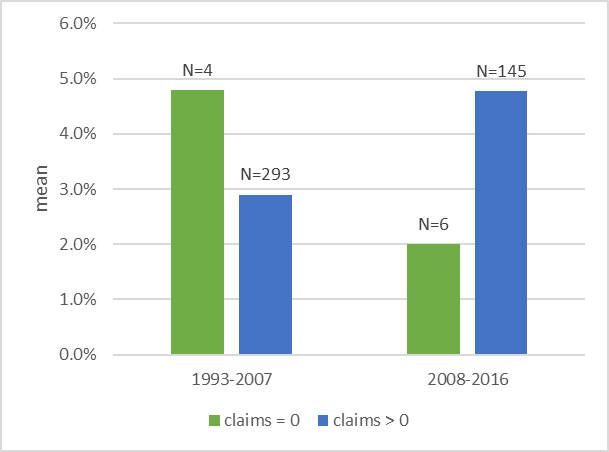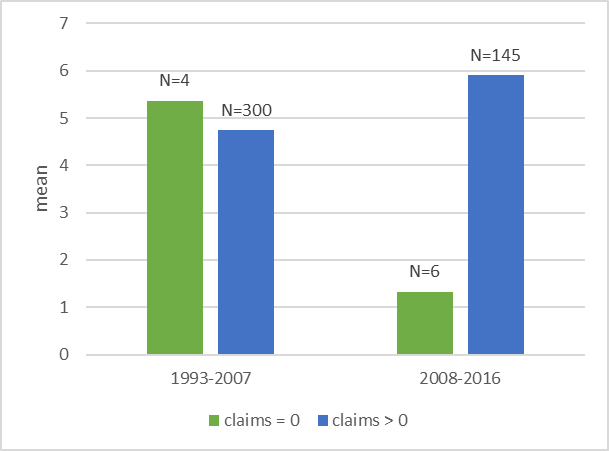References
Andresen, L. L. (2022). The influence of financial corporations on IMF lending: Has it changed with the global financial crisis? SNB Working Papers, 4(2022).
Blustein, P. (2015). Laid low: The IMF, the euro zone and the first rescue of Greece.
Breen, M. (2012). The International Politics of Ireland’s EU/IMF Bailout. Irish Studies in International Affairs, 75-87.
Breen, M. (2014). IMF conditionality and the economic exposure of its shareholders, European Journal of International Relations, 1-21.
Broz, J. L., & Hawes, M. B. (2006). Congressional politics of financing the International Monetary Fund. International Organization, 60(2), 367-399.
Catan, T. & Talley, I. (2013). Past rifts over Greece cloud talks on rescue. The Wall Street Journal. Retrieved from http://online.wsj.com.
Copelovitch, M. S. (2010). Master or servant? Common agency and the political economy of IMF lending. International Studies Quarterly, 54(1), 49-77.
Dreher, A., Sturm, J. E., & Vreeland, J. R. (2015). Politics and IMF conditionality. Journal of Conflict Resolution, 59(1), 120-148.
Gould, E. R. (2003). Money talks: Supplementary financiers and international monetary fund conditionality. International Organization, 57(3), 551-586.
International Monetary Fund [IMF] (2013). Factsheet: IMF’s response to the global economic crisis. Retrieved from http://www.imf.org.
International Monetary Fund [IMF] (2021). Factsheet: IMF Conditionality. Retrieved from http://www.imf.org.
Independent Evaluation Office of the International Monetary Fund [IEO] (2016). The IMF and the Crises in Greece, Ireland, and Portugal. Retrieved from http://www.ieo-imf.org.
Moser, C., & Sturm, J. E. (2011). Explaining IMF lending decisions after the Cold War. The Review of International Organizations, 6(3-4), 307-340.
Oatley, T., & Yackee, J. (2004). American interests and IMF lending. International Politics, 41(3), 415-429.
Presbitero, A. F., & Zazzaro, A. (2012). IMF lending in times of crisis: Political influences and crisis prevention. World Development, 40(10), 1944-1969.
Young, K. (2018). The modern financial corporation and global policy. In Handbook of the International Political Economy of the Corporation. Edward Elgar Publishing.





